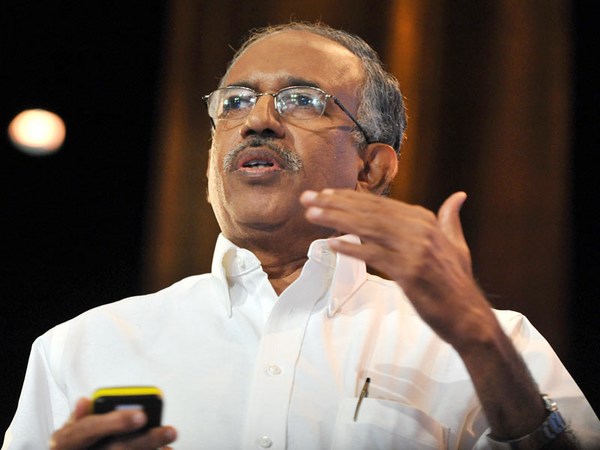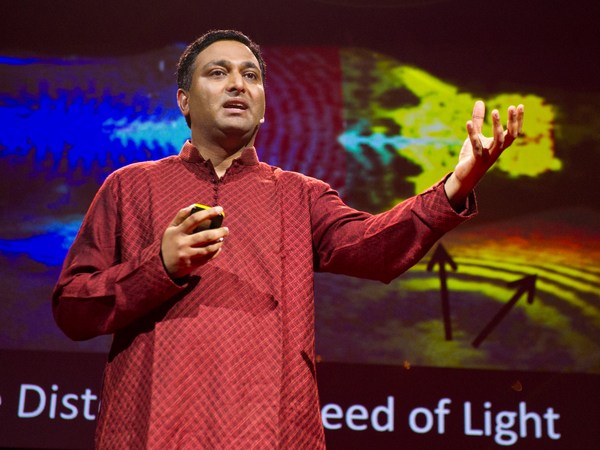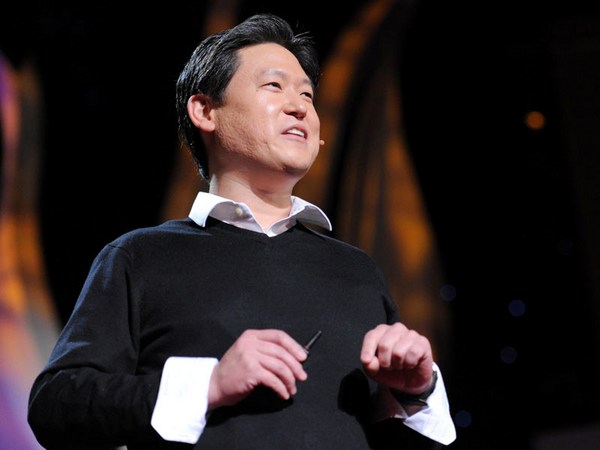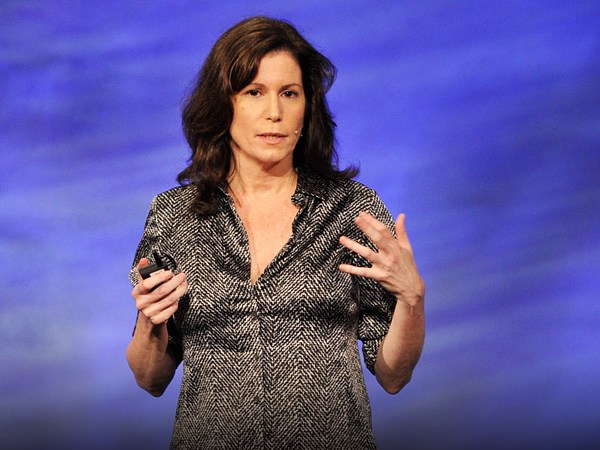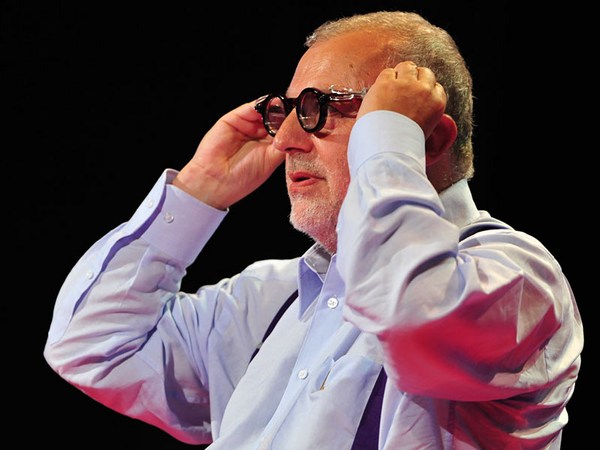There are 39 million people in the world who are blind. Eighty percent of them are living in low-income countries such as Kenya, and the absolute majority do not need to be blind. They are blind from diseases that are either completely curable or preventable.
Knowing this, with my young family, we moved to Kenya. We secured equipment, funds, vehicles, we trained a team, we set up a hundred clinics throughout the Great Rift Valley to try and understand a single question: why are people going blind, and what can we do?
The challenges were great. When we got to where we were going, we set up our high-tech equipment. Power was rarely available. We'd have to run our equipment from petrol power generators. And then something occurred to me: There has to be an easier way, because it's the patients who are the most in need of access to eye care who are the least likely to get it.
More people in Kenya, and in sub-Saharan Africa, have access to a mobile phone than they do clean running water. So we said, could we harness the power of mobile technology to deliver eye care in a new way? And so we developed Peek, a smartphone [system] that enables community healthcare workers and empowers them to deliver eye care everywhere. We set about replacing traditional hospital equipment, which is bulky, expensive and fragile, with smartphone apps and hardware that make it possible to test anyone in any language and of any age. Here we have a demonstration of a three-month-old having their vision accurately tested using an app and an eye tracker.
We've got many trials going on in the community and in schools, and through the lessons that we've learned in the field, we've realized it's extremely important to share the data in non-medical jargon so that people understand what we're examining and what that means to them. So here, for example, we use our sight sim application, once your vision has been measured, to show carers and teachers what the visual world is like for that person, so they can empathize with them and help them.
Once we've discovered somebody has low vision, the next big challenge is to work out why, and to be able to do that, we need to have access to the inside of the eye. Traditionally, this requires expensive equipment to examine an area called the retina. The retina is the single part of the eye that has huge amounts of information about the body and its health. We've developed 3D-printed, low-cost hardware that comes in at less than five dollars to produce, which can then be clipped onto a smartphone and makes it possible to get views of the back of the eye of a very high quality. And the beauty is, anybody can do it. In our trials on over two and half thousand people, the smartphone with the add-on clip is comparable to a camera that is hugely more expensive and hugely more difficult to transport.
When we first moved to Kenya, we went with 150,000 dollars of equipment, a team of 15 people, and that was what was needed to deliver health care. Now, all that's needed is a single person on a bike with a smartphone. And it costs just 500 dollars. The issue of power supply is overcome by harnessing the power of solar. Our healthcare workers travel with a solar-powered rucksack which keeps the phone charged and backed up. Now we go to the patient rather than waiting for the patient never to come. We go to them in their homes and we give them the most comprehensive, high-tech, accurate examination, which can be delivered by anyone with minimal training. We can link global experts with people in the most rural, difficult-to-reach places that are beyond the end of the road, effectively putting those experts in their homes, allowing us to make diagnoses and make plans for treatment.
Project managers, hospital directors, are able to search on our interface by any parameter they may be interested in. Here in Nakuru, where I've been living, we can search for people by whatever condition. Here are people who are blind from a curable condition cataract. Each red pin depicts somebody who is blind from a disease that is curable and treatable, and they're locatable. We can use bulk text messaging services to explain that we're coming to arrange a treatment.
What's more, we've learned that this is something that we haven't built just for the community but with the community. Those blue pins that drop represent elders, or local leaders, that are connected to those people who can ensure that we can find them and arrange treatment.
So for patients like Mama Wangari, who have been blind for over 10 years and never seen her grandchildren, for less than 40 dollars, we can restore her eyesight. This is something that has to happen. It's only in statistics that people go blind by the millions. The reality is everyone goes blind on their own. But now, they might just be a text message away from help.
(Applause)
And now because live demos are always a bad idea, we're going to try a live demo.
(Laughter)
So here we have the Peek Vision app. Okay, and what we're looking at here, this is Sam's optic nerve, which is a direct extension of her brain, so I'm actually looking at her brain as we look there. We can see all parts of the retina. It makes it possible to pick up diseases of the eye and of the body that would not be possible without access to the eye, and that clip-on device can be manufactured for just a few dollars, and people can be cured of blindness, and I think it says a lot about us as a human race if we've developed cures and we don't deliver them. But now we can.
Thank you.
(Applause)
